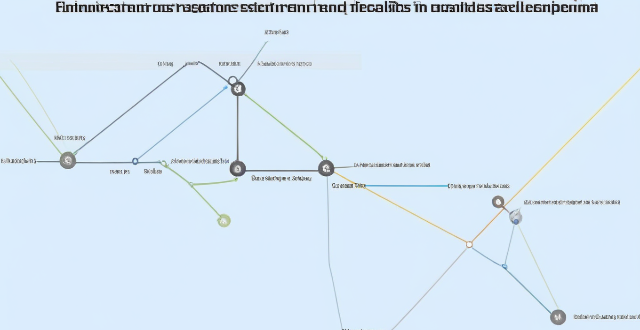Huawei ensures smooth 5G integration with existing 4G LTE networks using dual-connectivity, dynamic spectrum sharing, network slicing, EPC integration, SDN/NFV, and end-to-end automation.

Huawei's Approach to Smooth Integration of 5G Base Stations with Existing 4G LTE Networks
Huawei, a leading global provider of information and communications technology (ICT) infrastructure and smart devices, has been at the forefront of 5G technology development. Ensuring the smooth integration of 5G base stations with existing 4G LTE networks is crucial for seamless network evolution and user experience. Here's how Huawei addresses this challenge:
1. Dual-Connectivity Technology
Huawei employs dual-connectivity technology, which allows a device to connect simultaneously to both 4G and 5G networks. This ensures that as users transition from 4G to 5G coverage areas, their devices can maintain stable connections without dropping calls or losing data connectivity. By leveraging the existing 4G infrastructure, Huawei's 5G solutions ensure a smooth and gradual transition for users and network operators alike.
2. Dynamic Spectrum Sharing (DSS)
Dynamic Spectrum Sharing is another key technology utilized by Huawei to facilitate the integration of 5G base stations with existing 4G LTE networks. DSS enables the efficient use of spectrum resources by allowing 4G and 5G services to share the same frequency band. This not only optimizes spectrum utilization but also reduces the need for additional spectrum allocation, thereby lowering costs for network operators.
3. Network Slicing
Network slicing is a critical feature of 5G that allows operators to create multiple virtual networks on top of a shared physical infrastructure. Each network slice can be tailored to meet specific requirements, such as low latency, high throughput, or massive connectivity. By implementing network slicing, Huawei ensures that 5G base stations can coexist with 4G LTE networks while providing customized services based on user needs and application demands.
4. Evolved Packet Core (EPC) Integration
Huawei's approach to integrating 5G base stations with existing 4G LTE networks includes the evolution of the Packet Core, known as the Evolved Packet Core (EPC). The EPC plays a central role in managing user data traffic and supporting various services across both 4G and 5G networks. By integrating the EPC, Huawei ensures seamless interoperability between 4G and 5G networks, enabling efficient data management and service continuity for users.
5. Software-Defined Networking (SDN) and Network Function Virtualization (NFV)
Huawei leverages Software-Defined Networking (SDN) and Network Function Virtualization (NFV) to enhance the flexibility and scalability of its 5G solutions. SDN separates the control plane from the data plane, allowing for centralized network management and optimization. NFV virtualizes network functions, reducing hardware dependencies and enabling rapid deployment of new services. These technologies facilitate the integration of 5G base stations with existing 4G LTE networks by providing a highly adaptable and future-proof network architecture.
6. End-to-End Network Automation
Huawei's end-to-end network automation capabilities play a significant role in ensuring smooth integration of 5G base stations with existing 4G LTE networks. Automated planning, design, deployment, and operation processes simplify network management and enable quick adaptation to changing requirements. This level of automation not only speeds up the integration process but also helps maintain high performance and reliability standards throughout the network evolution.
In conclusion, Huawei employs a combination of advanced technologies and strategic approaches to ensure the smooth integration of its 5G base stations with existing 4G LTE networks. By focusing on dual-connectivity, dynamic spectrum sharing, network slicing, EPC integration, SDN/NFV, and end-to-end network automation, Huawei provides a comprehensive solution that guarantees seamless network evolution and exceptional user experiences.